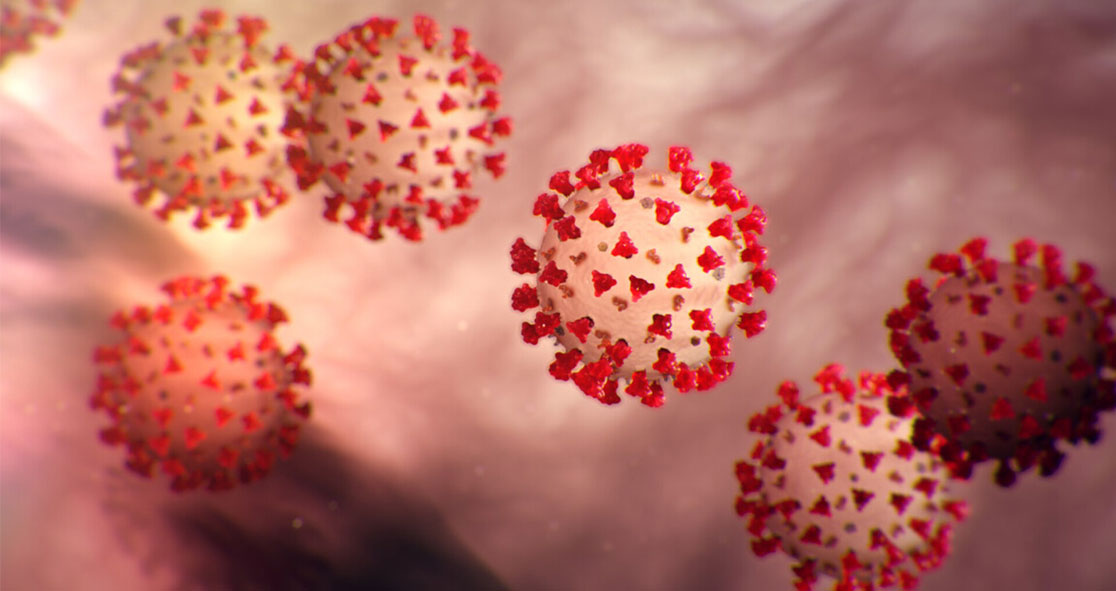Two strains of the coronavirus (SARS-CoV-2) have merged into a heavily mutated hybrid version of the virus. This “recombination” event was discovered in a virus sample in California, suggesting that we may enter into a new phase of the pandemic.
The hybrid version of the virus is the result of recombination of the highly transmissible B.1.1.7 variant discovered in the UK and the B.1.429 variant that originated in California, according to New Scientist, the world’s most popular weekly science and technology magazine.
Bette Korber, a theoretical biologist at Los Alamos National Laboratory in New Mexico, discovered the recombinant and said that she had seen “pretty clear” evidence of it in her database of US viral genomes. If confirmed, the recombinant would be the first to be identified in this pandemic.
Recombination could lead to the emergence of new and even more dangerous variants, according to New Scientists, although it isn’t yet clear how much of a threat this first recombination event might pose.
It is unclear whether the new recombinant of the virus is being transmitted from person to person or is just a one-off, according to Korber.
Sergei Pond of Temple University in Pennsylvania said, “We may be getting to the point when this is happening at appreciable rates.”
However, he said there is still no evidence of widespread recombination, but that “coronaviruses all recombine, so it’s a question of when not if.”
The recombinant does carry a mutation from B.1.1.7, which makes the UK’s strain more transmissible.
Korber said, “This kind of event could allow the virus to have coupled a more infectious virus with a more resistant virus.”
Dr. Lucy van Dorp of University College London said she had not yet heard about the recombinant, but “would not be overly surprised if some cases start to be detected.” The story originally appeared on New Scientist.























